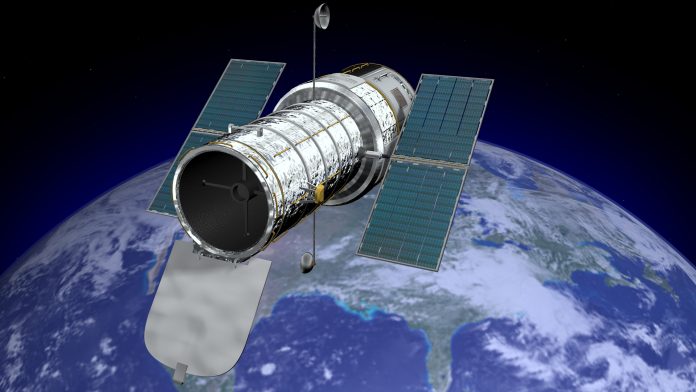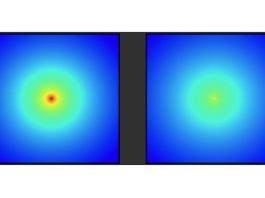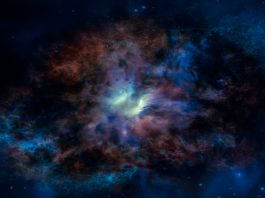Astrophysicists have corroborated that the ultra-diffuse galaxy – NGC1052-DF2 (DF2) – is deficient in dark matter – a cosmic enigma for scientists.
The research, conducted by an international team of scientists, utilised NASA’s Hubble Space Telescope to identify beyond any shadow of a doubt that the ultra-diffuse galaxy (UDG) DF2 is mysteriously absent of the expected amount of dark matter, signifying that its presence may not be as inevitable as once thought.
Their research is published in Astronomical Journal Letters.
Shany Danieli, a NASA Hubble Fellow at the Institute for Advanced Study, said: “Determining an accurate distance to DF2 has been key in supporting our earlier results. The new measurement reported in this study has crucial implications for estimating the physical properties of the galaxy, thus confirming its lack of dark matter.”
The novel measurement obtained by the scientists was 22.1 +/-1.2 megaparsecs, based on 40 orbits of the Hubble Space Telescope, which was amalgamated with TRGB analysis – the most conclusive examination method for such measurements, and imaging by the Advanced Camera for Surveys. This new evidence strengthens previous investigations that indicated DF2 lacked dark matter. In 2019, the team measured the distance between Df2 and its neighbour UDG NGC1052-DF4 (DF4) with 12 orbits and TRGB analysis – in addition to examining surface brightness fluctuations in 2018 – with both indicating a peculiar absence of dark matter.
Pieter van Dokkum, one of the study leaders from Yale University, said: “We went out on a limb with our initial Hubble observations of this galaxy in 2018. I think people were right to question it because it’s such an unusual result. It would be nice if there were a simple explanation, like a wrong distance. But I think it’s more fun and more interesting if it actually is a weird galaxy.”
The Hubble results have distinguished that DF2 and DF4 are located further away from each other than earlier anticipated, which solidifies further a lack of dark matter. For example, if Earth and DF2 were in closer proximity, it would be fundamentally fainter and less massive, meaning the galaxy would require dark matter to account for the observed effects on the total mass.
Dark matter act as a gravitational glue that binds together galaxies together and influences visible matter; however, this novel research suggests that this essential ingredient of galaxies may not be as abundant as once believed. The data from DF2 and DF4 accounted for the motion of stars on their stellar mass alone – once more indicating deficiency of dark matter, with these findings potentially providing a new perspective of the evolution of the Universe. Despite being of similar size to the Milky Way galaxy, DF2 and DF4 contain just 1% of its total mass and discovered to have a large population of highly luminous globular clusters.
Zili Shen, from Yale University, said: “There’s a saying that extraordinary claims require extraordinary evidence, and the new distance measurement strongly supports our previous finding that DF2 is missing dark matter. Now it’s time to move beyond the distance debate and focus on how such galaxies came to exist.”









